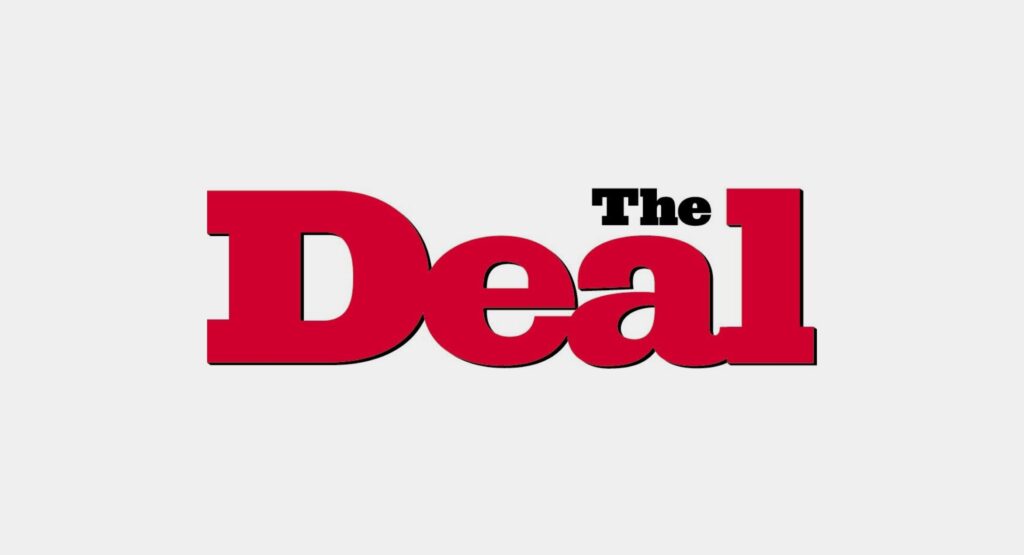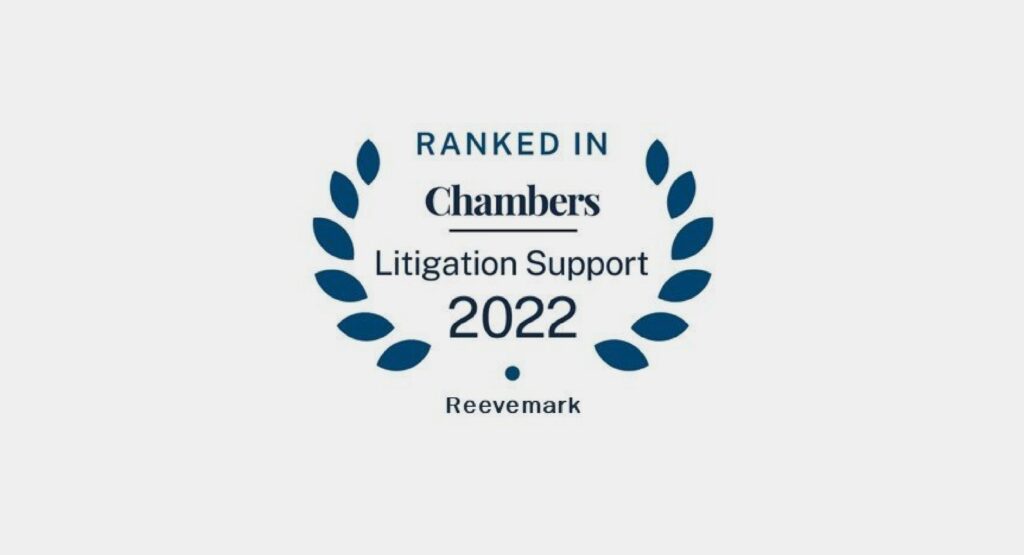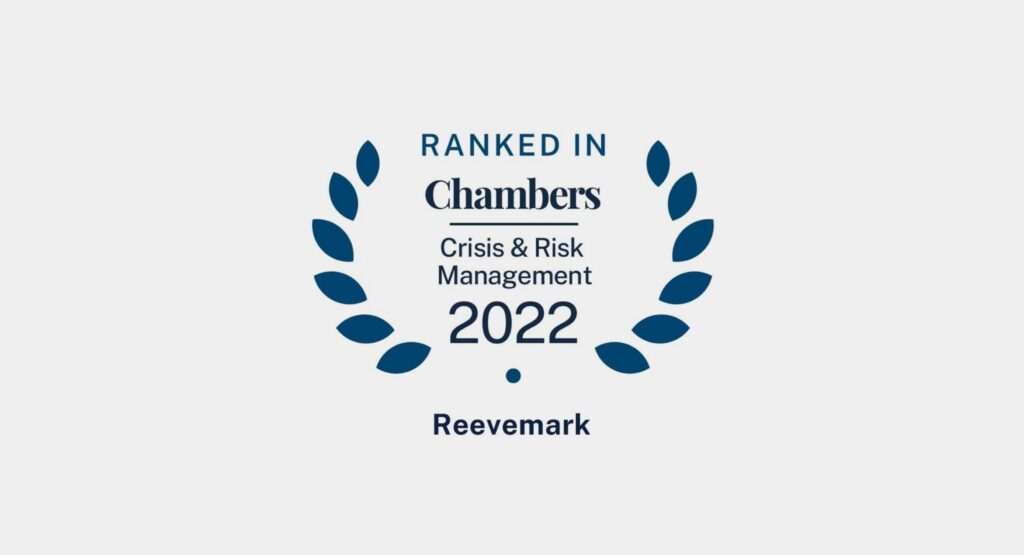SPAC Mania: Looking Back 18 Months Later
“[M]any SPACs are merging with companies that haven’t yet generated a profit, and many are still pre-revenue…. To differentiate, companies going through the de-SPAC merger process need to communicate a compelling investment thesis and put in place the go-forward IR and PR infrastructure and programs that are key to long-term success.”– Paul Caminiti & Nicholas Leasure, February 23, 2021

What a difference a year makes! In the summer of 2021, Reevemark was busy helping clients go public via SPAC mergers and working to ensure that our clients could differentiate themselves from the crowd of fledgling companies hitting the public markets. This year, we are helping those clients hone their investment theses, manage communications in a challenging economic environment, and fulfill their obligations as newly public companies.
But the data show just how precipitously the SPAC market has fallen off. Year to date, there have been 74 SPAC IPOs, compared to 613 SPAC IPOs in 2021; and average IPO size has plummeted from a peak of $336.2 million in 2020 to $167.9 million in 2022.[1] It seems that the “mania” has come to an end.
It doesn’t help that many companies that went public via SPAC merger have struggled to perform in the current economic environment. Of 288 companies tracked by one data source, only 40 are currently trading above the typical SPAC offer price of $10[2], and many de-SPAC’ed companies are trading well below that price. In fact, a SPAC focused ETF (SPAK), which was launched in September 2020, has seen a return of approximately -44% since inception and a return of approximately -34% year-to-date.[3]
Looking Ahead
Looking back on Reevemark’s prior post on this topic, our market analysis and advice to newly public companies has aged well. We continue to believe that having the right strategic communications approach to investor and public relations will be a differentiating factor in the ongoing competition for capital. But as we look ahead, there are some contingencies for which newly public companies should prepare.
1. Shareholder “SPACtivism”
Okapi Partners Founder Bruce Goldfarb has noted that some structural features of de-SPAC’ed companies, such as dual classes of stock, staggered boards, and large ownership positions retained by sponsors, offer considerable protection in a proxy fight and may make it difficult for an activist to prevail in a vote. That said, no company is immune from activism, and we are starting to see the beginnings of activists targeting newly de-SPAC’ed companies. For example, Dan Loeb’s Third Point disclosed a 6.4% stake in Cano Health in March 2022 and is pushing the company to explore a sale.[4] Executives at de-SPAC’ed companies will come under increasing pressure from activists and other investors if operational and stock performance doesn’t improve, and Boards may consider leadership changes sooner than expected if so. As Reevemark Founding Partner Paul Caminiti observed at the 34th Annual Roth Capital Partners Conference, having a respectful and constructive dialogue with investors, including a willingness to consider their ideas for value creation initiatives, can be a good way to avoid a contentious proxy contest.
2. Legal/Regulatory Challenges
Earlier this year, the Harvard Law School Forum on Corporate Governance identified “increased SEC enforcement activity involving SPACs and de-SPAC’ed public companies” as a likely outcome of new rulemaking, and noted that “private securities class action lawsuits targeting SPACs, SPAC directors, and operating company executives are increasingly common in light of regulatory scrutiny and a proliferation of short seller attacks. Given these realities, including the bullish 5-year forecasts many companies put forth as part of their de-SPAC process, executives at de-SPAC’ed companies would be well advised to assess potential risks and prepare for contingencies.
3. Potential Bankruptcy/Restructuring.
In May 2022, the Wall Street Journal reported that more than two dozen newly public companies have issued “going concern” warnings, and in June, Enjoy Technology shocked investors by announcing that it would file for Chapter 11 bankruptcy just nine months after its shares started trading on the public market. While some of the de-SPAC’ed companies have ample cash reserves, many others have limited liquidity given investments in growth amidst challenging economic conditions. While it is difficult for executives to face the possibility of a bankruptcy filing, there may be some solace given that some companies have seen their stock prices soar after filing for bankruptcy protection, as investors bet that 100% of the company’s equity won’t get wiped out.
Those who work in the financial markets know the familiar cadence of the boom/bust cycle. As Chuck Prince famously quipped in 2007, “As long as the music is playing, you’ve got to get up and dance.” But what happens when the music stops? Newly public companies must adapt to a more restrained period of the economic cycle where capital is more expensive, investors are less forgiving, and mistakes can be fatal. Companies that are prepared for contingencies and can communicate effectively to their stakeholders while delivering results will be best positioned to survive a downturn.
Read more about Reevemark’s Shareholder Activism, Litigation Communications and Bankruptcy/Restructuring Practice Areas.
[1] Source: SPAC Insider – https://spacinsider.com/stats/
[2] Source: Stock Market MBA – https://stockmarketmba.com/listofcompaniesthathavemergedwithaspac.php — as of Thursday, 8/25.
[3] Source: Defiance ETF – https://www.defianceetfs.com/spak/ — as of Sunday, 7/31.
[4] Source: Bloomberg News — https://www.bloomberg.com/news/articles/2022-03-09/loeb-pushing-cano-to-sell-because-markets-dislike-spac-mergers
Get in Touch
For more information about Reevemark or to inquire about a potential engagement, please send us an email.
Email Us


